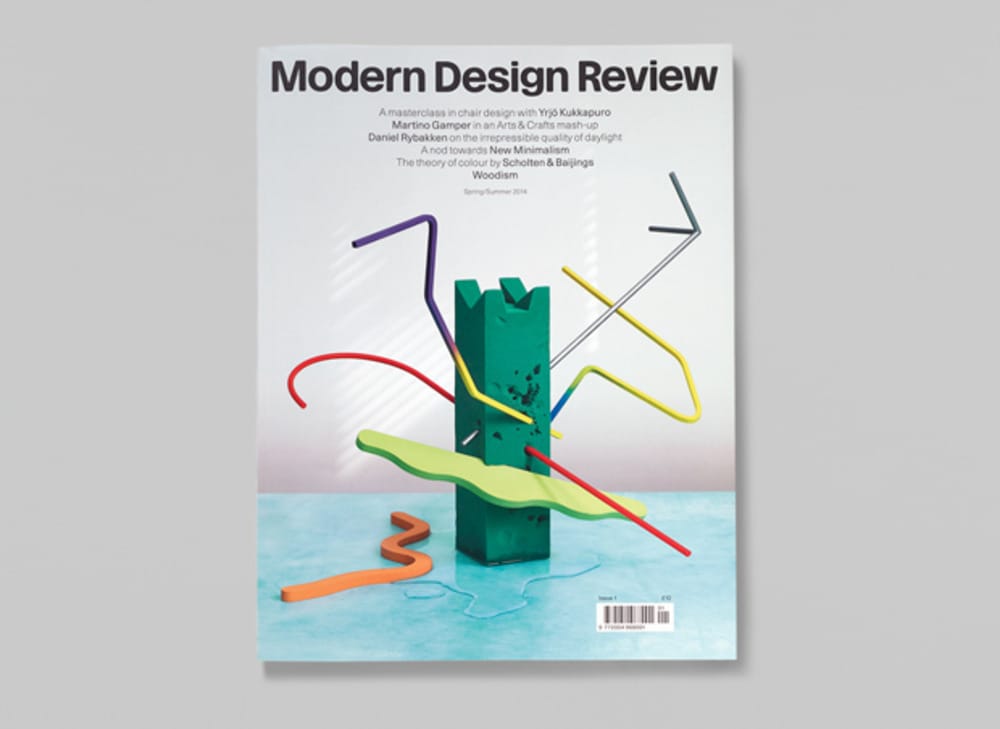As the category winners are announced in this year’s Designs of the Year award, it’s time to assess whether graphic design has become too inward looking and indulgent.
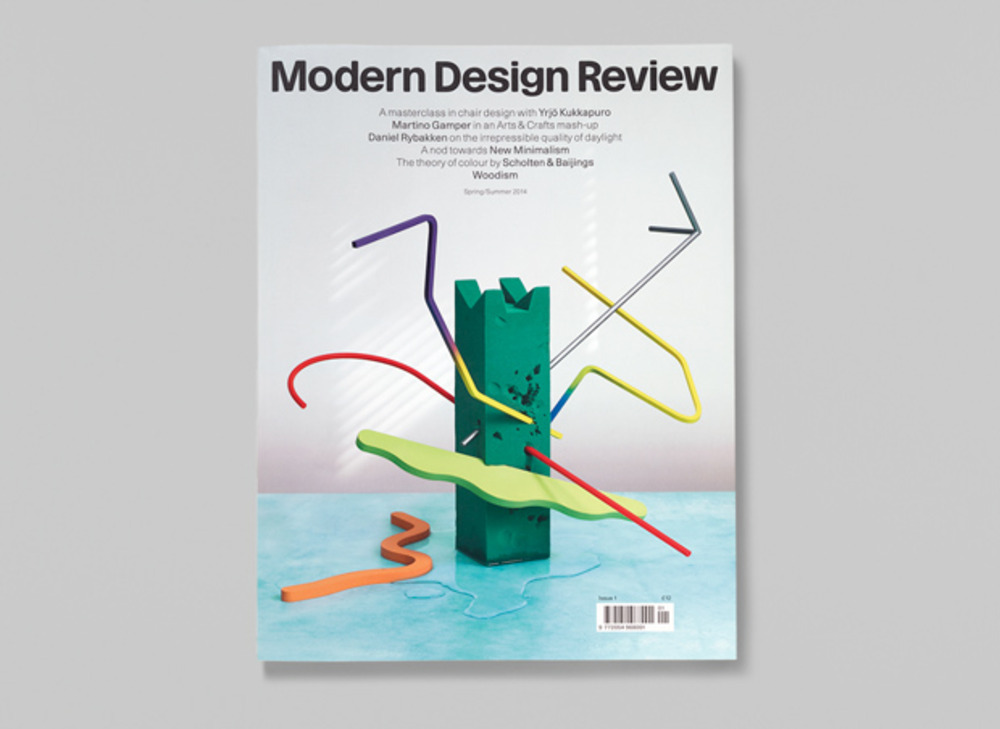
Among all of the life-saving and enhancing inventions and eco-buildings nominated for this year’s Designs of the Year awards at the Design Museum stand the graphic design nominations. But what are they really doing for anybody, these beautiful pieces of (largely) printed matter? Chanel and Kenzo get improved brand images, an art festival and an art exhibition are promoted very stylishly, and books and magazines about design look well-designed. It’s possibly true that it’s not quite so simple for graphic designers as, say, product designers to ‘do good’ with their projects – but it’s not impossible either.
Stating the obvious, there are more self-initiated projects by people who could be loosely termed professional graphic designers now than at any time since the early 20th century, when Avant-garde artists and designers (such as those associated with Dada or De Stijl or Futurism), created endless publications putting forward their latest manifestos for the future of art and the world in general.
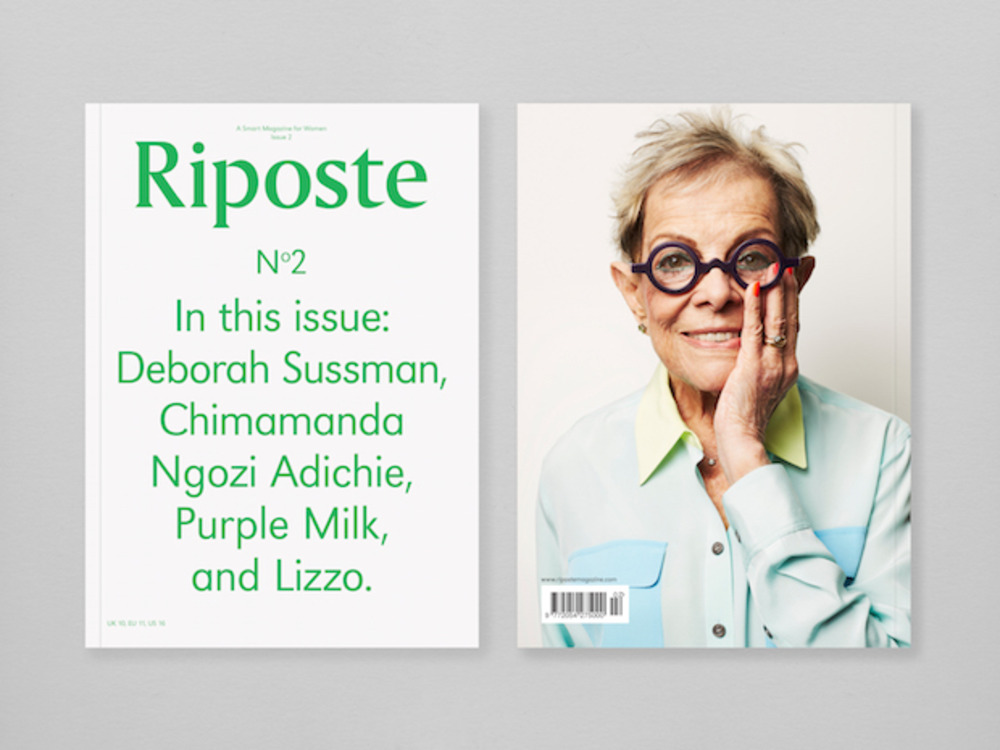
Assessing the nature of these contemporary designer-led projects in light of the pioneering modernists makes for some stark comparisons. Today we have designer-led publications that place food on a pictorial pedestal in a way that mimics Dutch still life paintings of the seventeenth century, celebrating food as a signifier of social and financial status. There are designer-initiated publications on most things in fact, many are inoffensive ‘alternatives’ to the mainstream which highly fetishise commodities, whether they be food, alcohol, coffee, bikes, clothes or holidays – while many lay claim to some vision of the good life, close to none actually do, or even argue in favour of, any social or political good. Many simply fetishise the commodity of the magazine itself – often these overproduced and over-designed independent magazines, many of which are founded by designers or have design at their core are primarily just objects for owning and looking at, they are luxury items. Two such magazines nominated for Designs of the Year in the last two years, The Gourmand (a contemporary food, arts and culture journal) and Riposte, are both guilty of a little too much Graphic Design but the latter is at least refreshing in its content and aim: to be a smart magazine for women. Proof that some still aim to do ‘good’ through the medium of print in a field dominated by indulgence.
Generally, commissioned design work fares even worse in the ‘doing good’ stakes. In fact, the nominations for the Designs of the Year Award 2015 highlights a worrying theme: designing for design. It might be intuitive to expect design-related products to be wonderfully designed but their persistence throughout this year’s nominations suggests that to some extent, the design world is turning in on itself. The Graphic Thought Facility designed Modern Design Review is a wonderful piece of work but what’s the point of good design if it is only ever used to signify a cultured product?
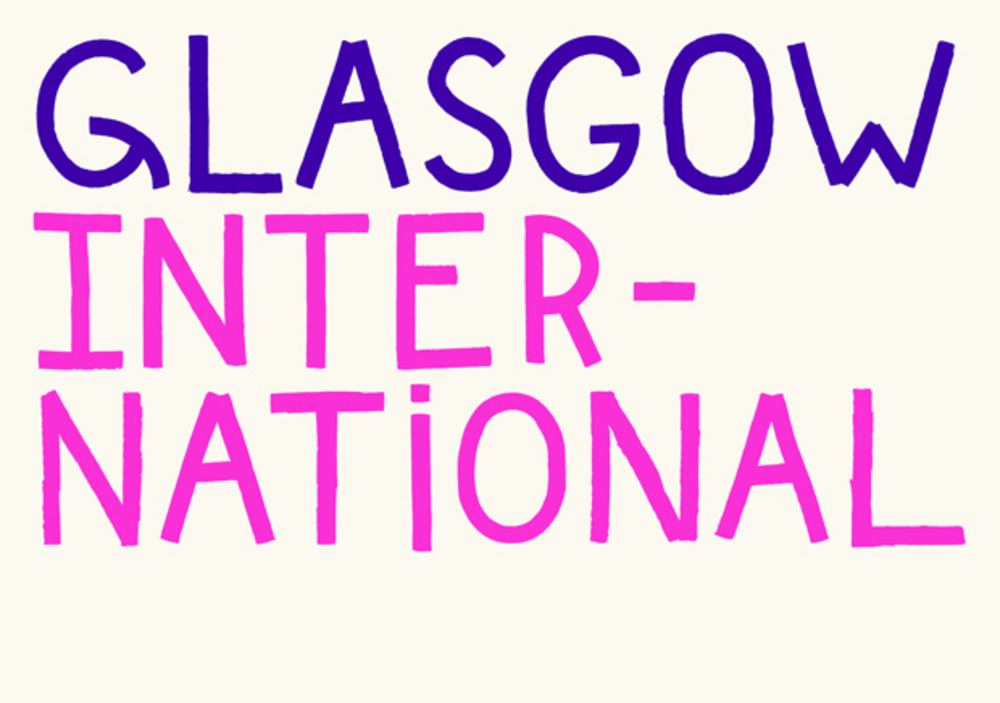
The point of much Modernist design was to make great design accessible to all; today good design is used as a signifier to appeal to a discerning, privileged audience. Half of this year’s fourteen nominations for the Graphic Design category of Designs of the Year are either for the design publishing, fashion or art sectors, while last year’s competition featured three separate art gallery identities. Out of the other seven entries this year only one has a public-sector client, the Norwegian banknote proposals, and only one is for a large, common-place company, the Inglorious Fruits and Vegetables campaign for Intermarché (which has just been announced as a category winner). ‘Doing good’ in graphic design terms can perhaps most obviously be done by creating beautiful and understandable visual communications for a wide number of people, improving their daily aesthetic experience in the process. Those with the opportunities to do this seem increasingly limited to the biggest advertising and branding agencies, limiting the opportunities available to do good – and, at the same time, making it less likely good work will be done.
This domination of monolithic agencies has helped to create the cultural sector bias in good design; the cultural sector is the refuge where people who are truly designers, rather than the vaguely titled ‘creatives’ of the ad agencies, are allowed to ply their craft. The cultural sector is also less likely to be entirely dominated by ‘marketing experts’ than corporate clients are, pulling the best designers towards its more lenient and creatively-minded clients.
Works that are carried out under the auspices of a marketing department, on the other hand, are “subject to style guides and branding toolkits, and all too often follow a reductive formula,” to quote V&A curator Catherine Flood. This ethos only allows for philistinism and monotony and prevents the elegant and the surprising from ever forcing their way into the visual communications of so much of what we see around us. The flipside of this is that the elegant and the surprising are hidden away in work for art galleries, art catalogues and books on fashion designers, leaving graphic design again looking like a profession which only excels in catering for the luxury end of the market, rather than bringing clarity and invention to all. It’s the ‘all’ that has the power to make design ‘good’.
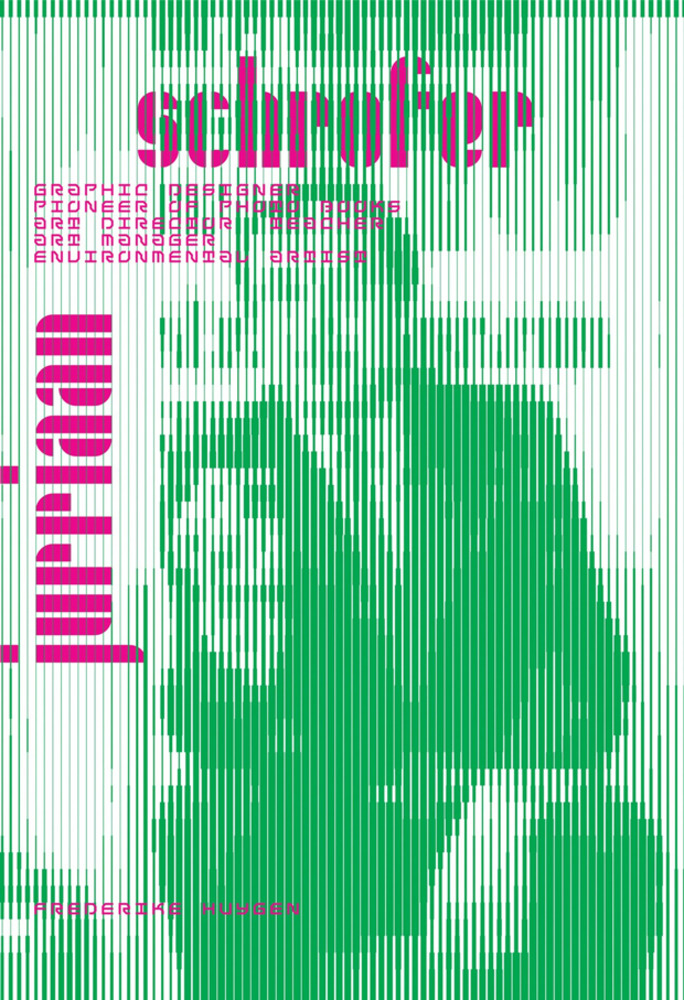
When doing good is so difficult on both an aesthetic and moral level (the two being highly intertwined) within the confines of a designer-client relationship, we must look again at the self-initiated projects designers are producing. To look now at the indulgence of some of the independent magazines being produced is saddening when taken as a whole; there is much that needs communicating well and persuasively in this world: ‘dog culture’ isn’t one of them, and that is only to pick one random example of many increasingly niche magazine subject areas. If the designer-artists of the early to mid twentieth century had had access to digital print, print-on-demand and crowd-sourced funding, they would have used them to produce publications arguing intently for this or that way of creating a better world, a more democratic art form or documenting the realities of their society.
It’s arguably true that graphic designers are in an easier position to do good than a product designer: product designers often have to invent something from scratch (like the ‘grow it yourself’ mushroom-based material featured in Designs of the Year 2015), whereas we graphic designers don’t have to re-invent the book or the poster or the magazine in order to do good we can just print something with meaning, relevance and rhetorical persuasiveness. Here’s hoping next year’s Designs of the Year is bursting with projects which display all three in abundance.

